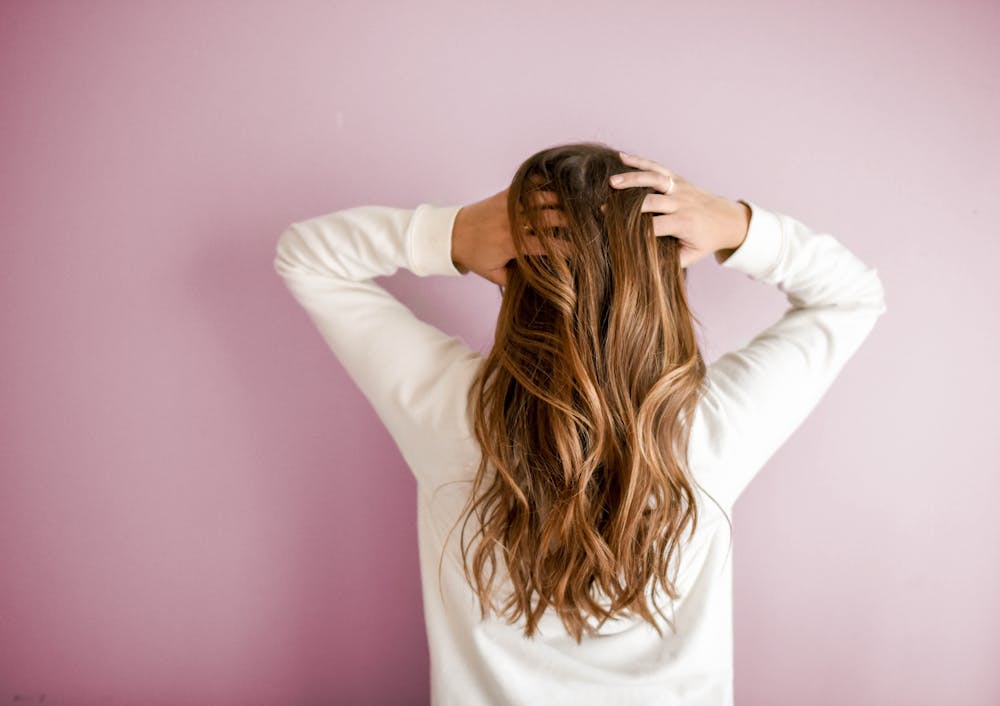Do you often find yourself battling dry, brittle hair? Revitalizing damaged hair can feel like an uphill battle, but with the right tips and techniques, it’s entirely possible. Discover how to restore your hair’s health and shine with these essential tips.
Your hair is your crowning glory, but exposure to heat, chemicals, and environmental factors can leave it looking and feeling less than stellar. Fortunately, there are effective ways to breathe life back into your locks. Below, we delve into some of the most effective methods for restoring damaged hair.
Nourishing treatments for healthier hair
One of the most crucial steps in restoring damaged hair is incorporating nourishing treatments into your routine. Deep conditioning masks, rich in natural oils like argan or coconut oil, can provide much-needed hydration and repair. Hair styling powder can also add volume and texture without causing further damage. Regular use of these products helps in repairing the cuticle layer of your hair, making it smoother and more manageable.
It’s also important to use a leave-in conditioner that offers heat protection if you frequently style your hair with heat tools. This will minimize further damage while nourishing your hair throughout the day. A balanced diet rich in vitamins A, C, and E, as well as omega-3 fatty acids, can significantly improve the health of your hair from the inside out.
Minimizing damage from heat styling
Heat styling tools are often a necessary evil when it comes to achieving the perfect look, but they can wreak havoc on your hair if not used properly. Investing in high-quality tools that offer adjustable temperature settings is a must. Always aim to use the lowest effective heat setting to reduce stress on your strands.
Another key tip is to ensure your hair is completely dry before using any hot tools. Damp hair is more susceptible to damage from high temperatures. Additionally, using a heat protectant spray before styling creates a barrier between your hair and the heat source, thereby reducing potential harm.
Regular trims for long-term health
While it may seem counterintuitive to cut your hair when you’re trying to grow it out or repair damage, regular trims are essential for maintaining its health. Trimming split ends prevents them from traveling up the shaft and causing further breakage. Aim for a trim every six to eight weeks.
Incorporating these trims into your routine helps keep your hair looking fresh and full of life. It’s also an opportunity for you to consult with your stylist about any specific concerns you might have regarding damage or breakage. Professional advice can provide tailored solutions that address your unique needs.
The importance of choosing the right products
Choosing the right products plays a pivotal role in restoring damaged hair. Opt for sulfate-free shampoos and conditioners that are gentle on your scalp and strands. Sulfates can strip natural oils from your hair, leaving it dry and prone to damage.
Consider switching to products specifically formulated for damaged or color-treated hair. These often contain additional nutrients and proteins that help strengthen and repair weakened strands. Read labels carefully and look for ingredients like keratin, biotin, and collagen which are known for their restorative properties.





